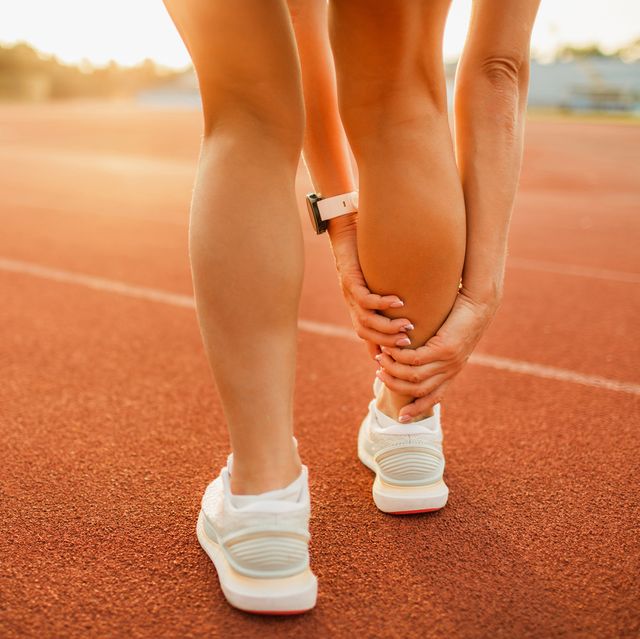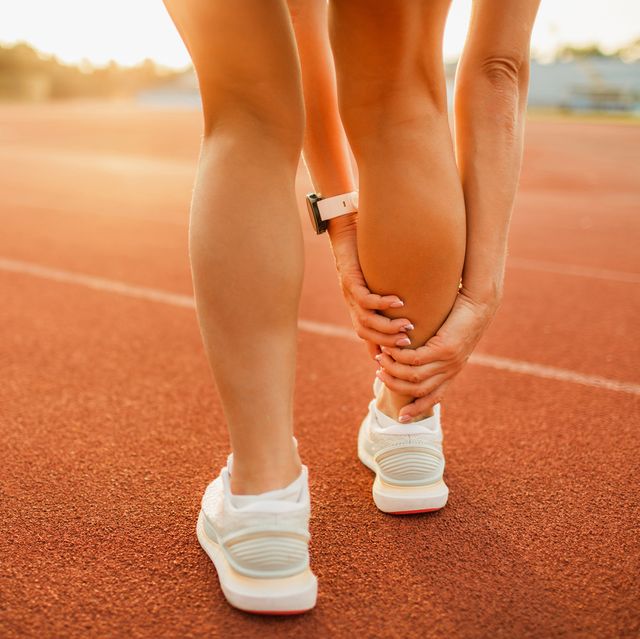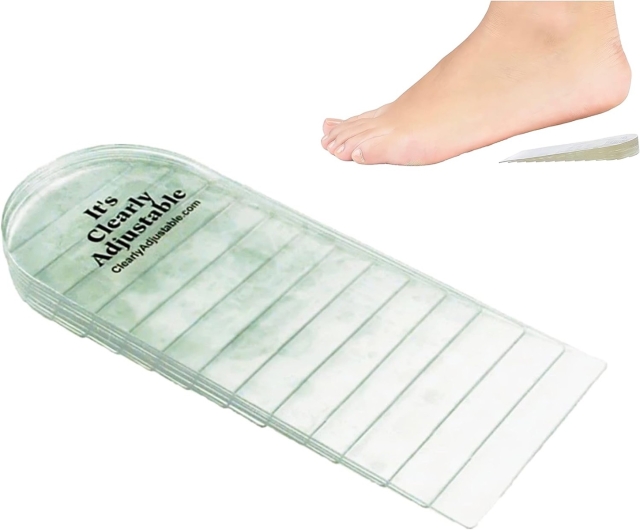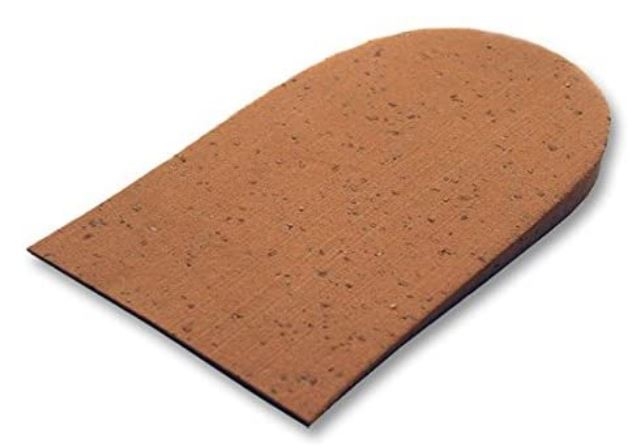What is: Achilles Tendonitis?

The Achilles tendon is a large tendon that joins with the gastrocnemius and soleus muscle, and inserts into the calcaneous (heel bone) at the back of the leg. Achilles tendonitis is where the tendon becomes inflamed or begins to degenerate.
If you have Achilles tendonitis you will experience discomfort at the back of the leg which consists of a burning, shooting, or piercing pain due to the inflammation or degeneration of the Achilles tendon.
Sufferers of Achilles tendonitis often experience severe pain when they take their first few steps in the morning or after prolonged periods of sitting, with the pain lessening as they move around.

Physical Signs of Achilles Tendonitis
In some cases of Achilles Tendonitis a small sack of fluid may appear on the tendon. Another sign that is suggestive of this problem is the frequent wearing down of the soles and heels of shoes.
Causes
Achilles tendonitis is often a problem associated with high levels of strenuous activity. Commonly found in athletes, runners and sportsmen of all ages.
Achilles tendonitis is usually the result of over-pronation. This is where the arch of the foot collapses and flattens, causing the foot to roll inwards in order to gain contact with the ground. This misalignment of the foot puts extra pressure on the Achilles tendon due the foot's increased range of motion.
Women, who are frequent wearers of high heels that take up physical activities such as running, can be prone to Achilles tendonitis. This is because the Achilles tendon is shortened by constant wearing of high heels, therefore when flat shoes such as trainers are worn, the tendon becomes stretched and inflamed.
Other causes can include:
- Supination - similar to over-pronation, where the foot rolls outwards
- Improper footwear
- Inadequate stretching before exercise
- Short Achilles tendons - usually acquired by wearing high heels
- Excessive weight
- Long periods of strenuous physical activity
- Metabolic Problems - Diabetes, Arthritis, Gout
Prevention & treatment
Orthotic devices (special shoe inserts) such as heel cups and heel cradles are an effective way to treat the pain associated with Achilles tendonitis.
The orthotic lifts the heels, whilst supporting the longitudinal arch and reduces stress to the tendon. However for partial tears in the Achilles tendon an orthopaedic evaluation is recommended.
Orthopaedic or podiatric evaluation - may recommend surgery, casting or basic physiotherapy.
Orthotic inserts for prevention and heel raises for treatment.
Adequate stretching before exercise.
Reduce length of activity.
Avoid walking/running uphill.
Apply ice to the Achilles tendon after exercise to reduce inflammation
For instant relief to minor injuries try using a heel lifts or simple orthotics




